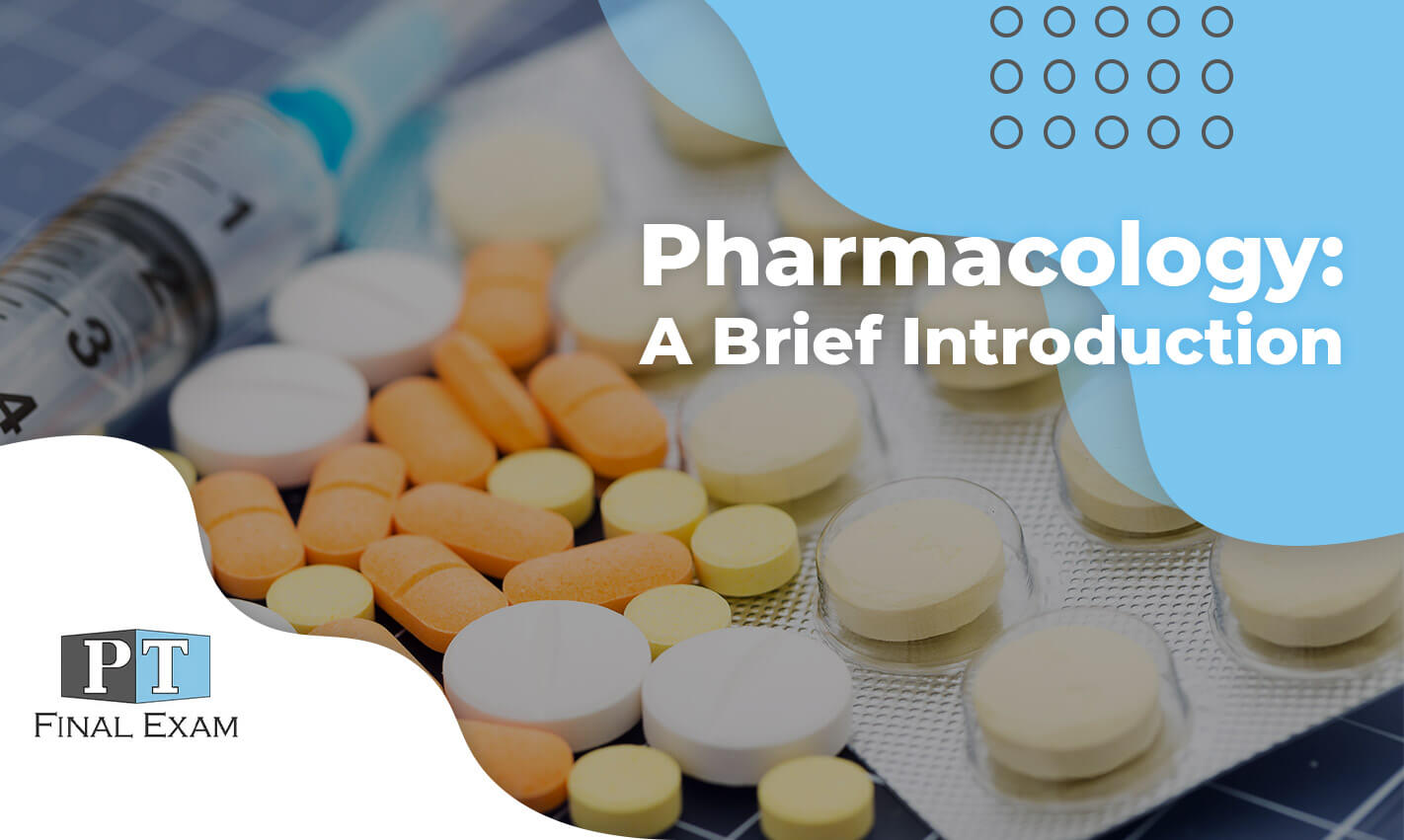If you’ve ever been a little puzzled about how to approach pharmacology as it relates to the NPTE, you’ll want to pay attention.
As I’ve mentioned before, it is critical that you understand what material is tested on the NPTE, and if you haven’t spent time reading and digesting the FSBPT Content Outline, you’re going to be in trouble.
I totally understand that the FSBPT Content Outline is a bit vague and nebulous at times, but it does give you some direction to at least begin to study some of these more difficult topics.
One of these key bits of information states: “Pharmacological management of the cardiovascular/pulmonary systems,” as well as “Secondary effects or complications from physical therapy and medical interventions on the cardiovascular/pulmonary systems.” These statements are repeated for each of the major sections of the exam.
Now you may be asking yourself, “Why do I need to bother with pharmacology? I’m a physical therapist, and I don’t prescribe medicine.”
Two thoughts:
- While you don’t prescribe the medicines, you are typically the “boots on the ground” when it comes to their effects and side effects. You can provide valuable feedback about how a patient is responding to a certain medication. A great example would be Baclofen—you get to see and report its effects so that the physician can more accurately alter the dosage as needed. If you’re not paying attention to medications and their effects, you’re not seeing the whole pictures.
- These medicines that come with the patient (I’ve read that the average is 11 drugs is the average number of medications that an American is taking) often affect their tolerance and response to exercise. Opioids make them sleepy. Beta-blockers blunt the heart rate response. I think you see what I mean. You need to know what to expect for common medications.
How do I find out what I need to know?
The best and easiest way to go through the medications is to list out the most common diagnoses in each body system and then list the most common medications that would be used to treat it. Use a book like Pharmacology in Rehabilitation by Ciccone to get your info. I then recommend you make a handy table like this from my study guide:
When you list it all out, it begins to make a lot more sense. Don’t forget to look for patterns relating to suffixes, names, and mechanisms.
I recently did a free Google Hangout on pharmacology (and a little gait). You can view the YouTube video here:
The PDF for the powerpoint in the video is here: Pharmacology Slides
Conclusion
In any case, I hope you take pharmacology seriously. This will make you a better clinician and will help you make better decisions regarding your patients.
Don’t forget to subscribe to stay up to date on the latest and greatest in NPTE preparation. You can also contact me any time with questions you may have. I wish you all the best in your NPTE prep!



4 thoughts on “Pharmacology: A Brief Introduction”
Can you pls do a class on Gait and what all is required to study for the topic of gait as far as Npte syllabus requires?
Thanks
Check out my udemy course over at https://www.udemy.com/pt-gait-analysis-and-deviations
Do you have any other source for this topic, something with free access maybe?
Nothing free–you definitely need to check out the book Pharmacology in Rehabilitation.
Comments are closed.